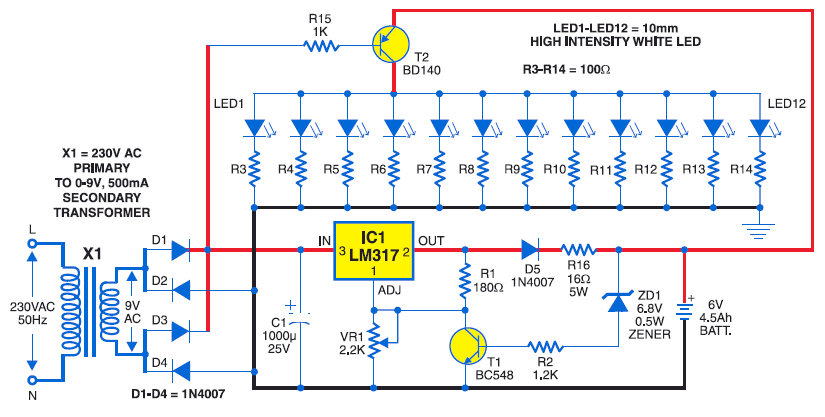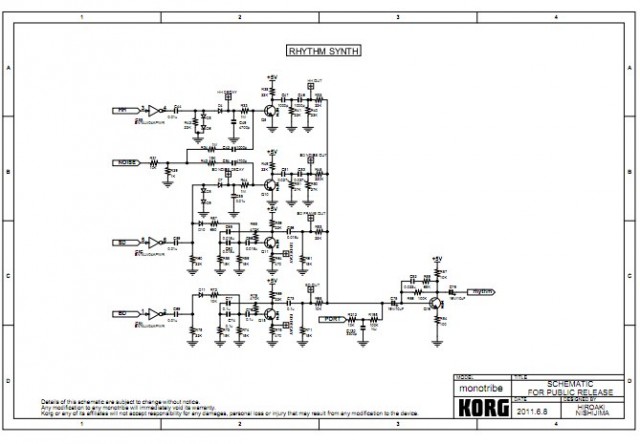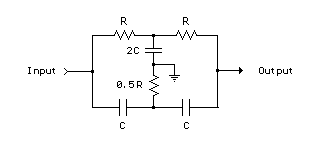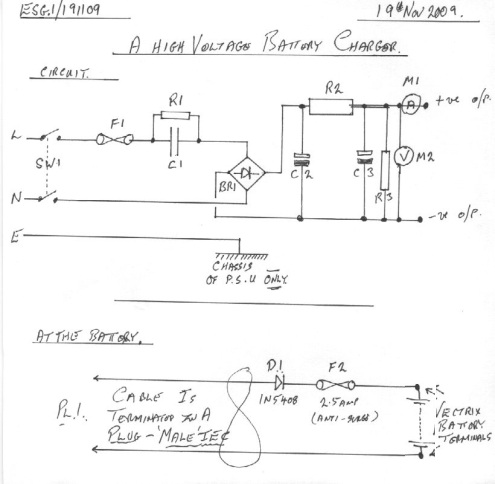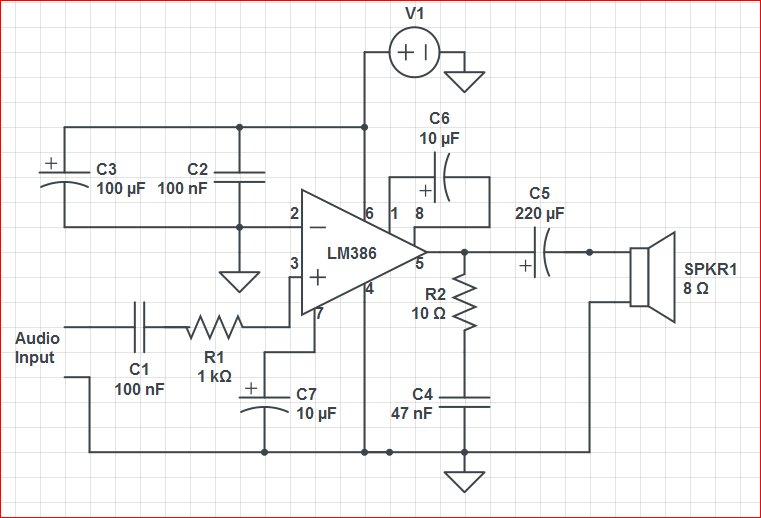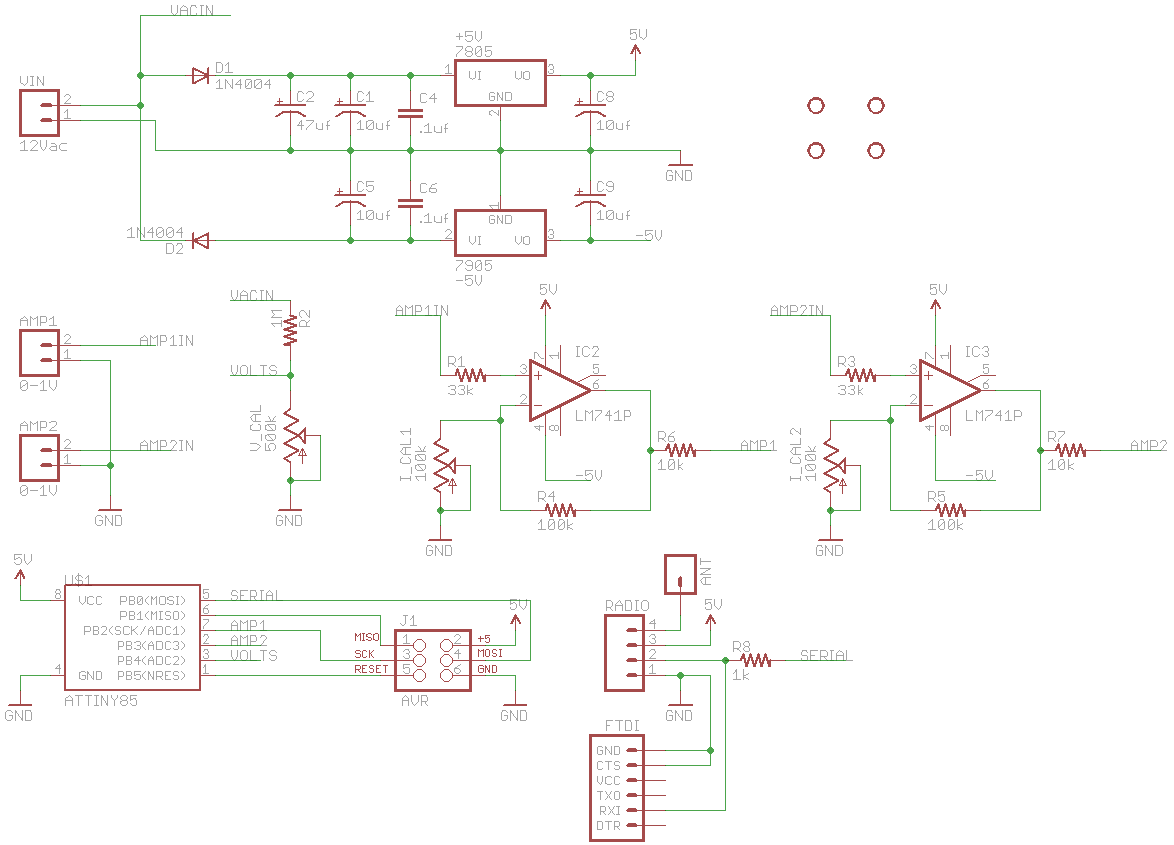
Otari MX-5050 BII Problem - Not for the faint of heart!
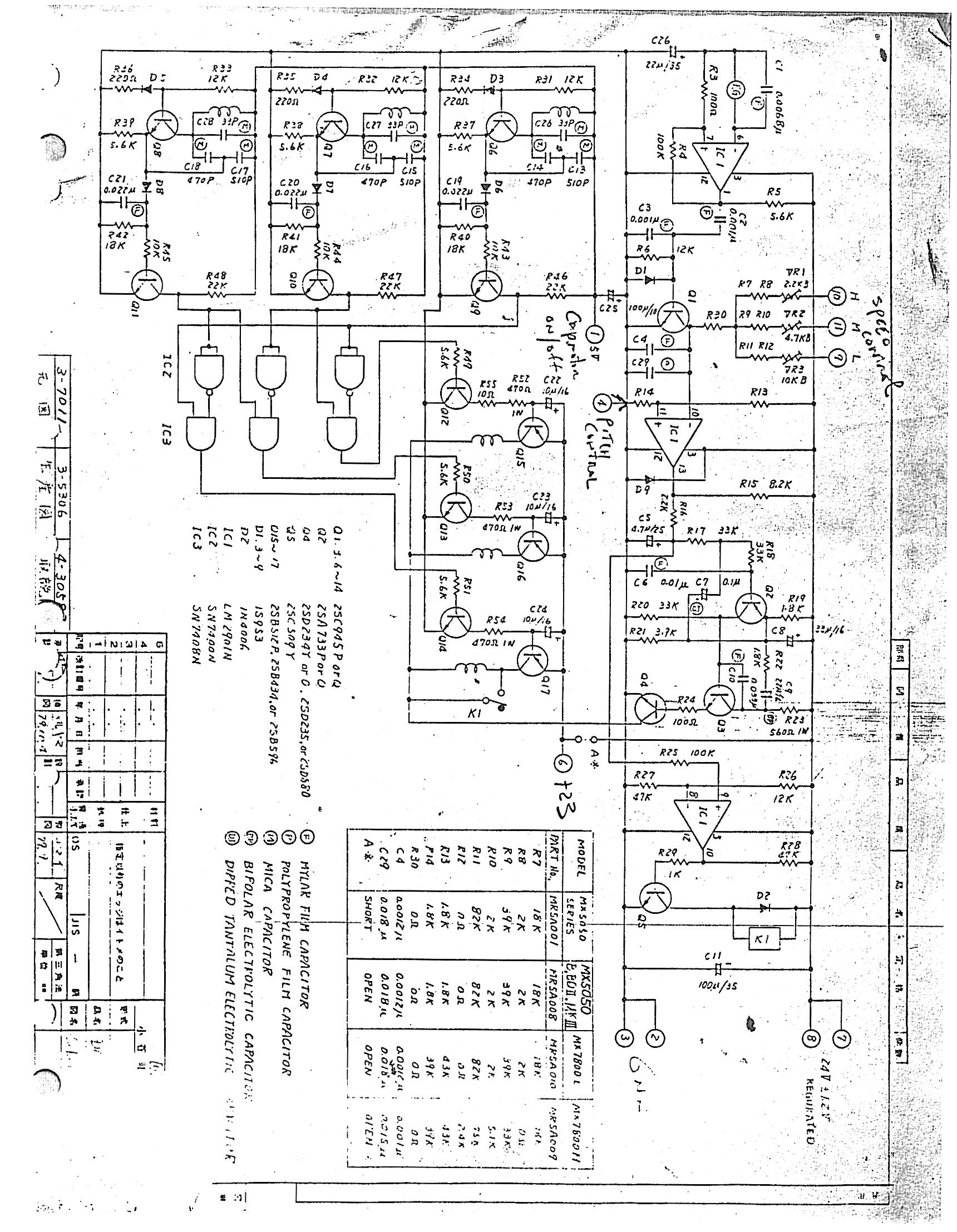
This is a diagnostic problem, and it is important to include as much information as possible for those involved.
In the context of electronic circuit diagnostics, a systematic approach is essential for identifying and resolving issues. The diagnostic process typically involves several key steps:
1. **Problem Definition**: Clearly define the symptoms observed in the circuit. This may include unexpected behavior, failure to operate, or performance below specifications.
2. **Information Gathering**: Collect all relevant data, including circuit schematics, component specifications, and operational conditions. This information is vital for understanding the context of the problem.
3. **Visual Inspection**: Conduct a thorough visual examination of the circuit board and components. Look for signs of damage such as burnt components, broken traces, or soldering issues.
4. **Testing Procedures**: Utilize appropriate testing methods, such as multimeter measurements, oscilloscope observations, and signal tracing, to assess the functionality of individual components and sections of the circuit.
5. **Isolation of Faults**: Identify the faulty components or sections of the circuit by systematically isolating parts of the circuit and testing them independently. This may involve disconnecting certain sections and checking for proper operation.
6. **Component Replacement**: Once the faulty component is identified, replace it with a new part that meets the original specifications. Ensure proper handling and soldering techniques to avoid introducing new issues.
7. **Verification and Testing**: After repairs, re-test the circuit to ensure it operates as intended. This may involve running the circuit under normal conditions and verifying that all specifications are met.
8. **Documentation**: Record the findings, procedures followed, and any changes made to the circuit. This documentation can be invaluable for future reference and for others who may encounter similar issues.
By following these steps, a comprehensive diagnostic process can be established, leading to effective troubleshooting and resolution of electronic circuit problems.Hey guys, apologies in advance for the wall of text, but this is a diagnostic problem and I felt I should include as much info as possible for those.. 🔗 External reference
In the context of electronic circuit diagnostics, a systematic approach is essential for identifying and resolving issues. The diagnostic process typically involves several key steps:
1. **Problem Definition**: Clearly define the symptoms observed in the circuit. This may include unexpected behavior, failure to operate, or performance below specifications.
2. **Information Gathering**: Collect all relevant data, including circuit schematics, component specifications, and operational conditions. This information is vital for understanding the context of the problem.
3. **Visual Inspection**: Conduct a thorough visual examination of the circuit board and components. Look for signs of damage such as burnt components, broken traces, or soldering issues.
4. **Testing Procedures**: Utilize appropriate testing methods, such as multimeter measurements, oscilloscope observations, and signal tracing, to assess the functionality of individual components and sections of the circuit.
5. **Isolation of Faults**: Identify the faulty components or sections of the circuit by systematically isolating parts of the circuit and testing them independently. This may involve disconnecting certain sections and checking for proper operation.
6. **Component Replacement**: Once the faulty component is identified, replace it with a new part that meets the original specifications. Ensure proper handling and soldering techniques to avoid introducing new issues.
7. **Verification and Testing**: After repairs, re-test the circuit to ensure it operates as intended. This may involve running the circuit under normal conditions and verifying that all specifications are met.
8. **Documentation**: Record the findings, procedures followed, and any changes made to the circuit. This documentation can be invaluable for future reference and for others who may encounter similar issues.
By following these steps, a comprehensive diagnostic process can be established, leading to effective troubleshooting and resolution of electronic circuit problems.Hey guys, apologies in advance for the wall of text, but this is a diagnostic problem and I felt I should include as much info as possible for those.. 🔗 External reference
